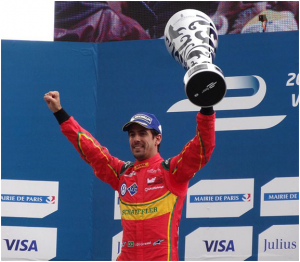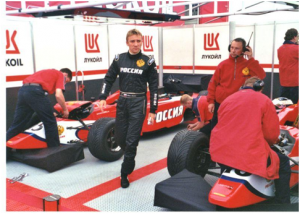In racing, or just driving a car in general, cornering is a skill that’s incredibly valuable. When you add in the extremely high speeds that F1 cars travel at, it is easy to see why mastering cornering on the track is something that every driver works hard at.

It is on corners where an F1 driver’s skill really becomes obvious and where an ace driver can take advantage and push for a winning edge.
Understanding the Traction Edge
Technically, cornering is about mathematics and implementing the fundamental principle of the traction circle. This refers to the finite grip the tyres have and the combination of breaking and accelerating to maximize this grip as the car turns. Drivers push to make the tyres work as hard as possible and make the most of the traction circle to corner as fast as possible while still remaining in control.

Oversteer and Understeer
If you’re watching a race or hear the drivers or team members talking about oversteer or understeer, you need to know how essential this is to cornering. Understeer adds more stability to cornering, while oversteer is a highly unstable concept that can see the car veer badly off course. Drivers need to know how to balance the two out and use the throttle just enough to nail it around the corner without spinning out.
Almost all F1 cars are designed with oversteer characteristics, and if the new engine rules come in to play, it will be interesting to see if this feature remains prevalent. In order to understand how their cars work and the best racing line, the vehicles will be tracked during testing. Similar devices to those used by a Fleet Vehicle Tracking company such as https://www.vehicle-accessories.net/vehicle-tracking/fleet-tracking/ will be used to provide data that can be assessed by the racing team.
Three Stages to Cornering
In F1 there are three stages to cornering. There is the turn in, the apex and the exit. The turn in sees the driver point the car at the corner, the apex is the point where entry and exit meet and the car needs to be prepared to shift directions smoothly, and the exit point is where the driver accelerates and straightens up the steering. Each of these points needs to be mastered and conducted in a fluid manner, as under-shooting or oversteering can lead to a crash or veering off course.
Successful drivers take into account the traction circle, the conditions of the track, the downforce level and the limits they can push when executing the three cornering stages.



